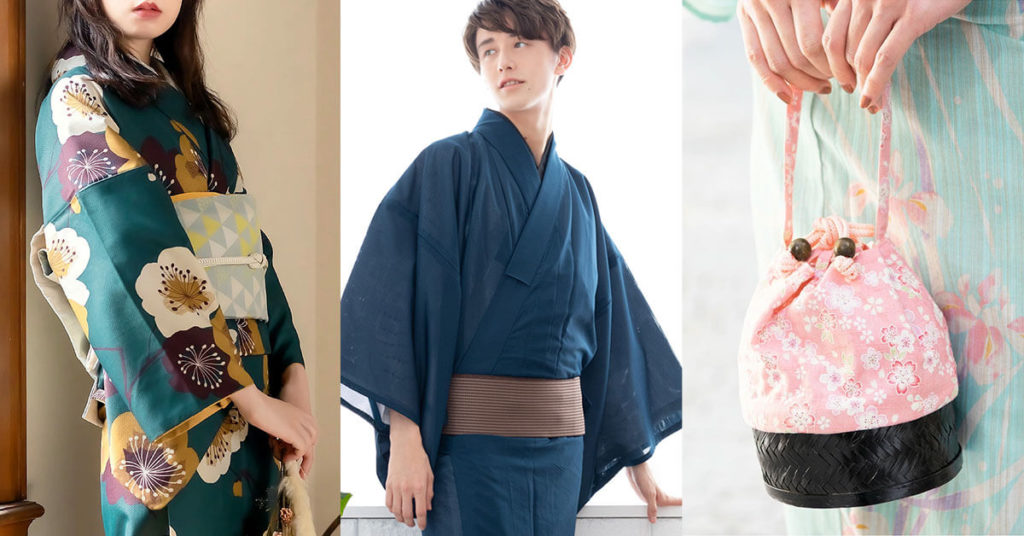
The history of Japanese clothing has progressed over time. Clothing in Japan has changed drastically during the Meiji Era, which began in 1868. Prior to the Meiji Era through the Edo Era, Japan used to be an isolated country, refusing to allow foreign cultures to enter its territory. However, during the Meiji Era, Japan opened its borders to the outside world and foreign cultures entered Japan abruptly. Until the Edo Era, most Japanese used to wear kimonos, but after a law was passed in 1878 stating that “the traditional kimono was to be regarded as ceremonial dress while western-style clothing as formal wear” western-style clothing as we know it today, became the norm in place of kimonos.
The history of Japanese people wearing western clothes is only about 150 years old. Until then, Japanese people generally wore kimonos. Japanese clothing has a very long history and has changed with each era. Today, kimonos are no longer worn on a daily basis, but Japanese people still wear kimonos on important events and special occasions to preserve their traditional Japanese clothing culture. Here are some traditional fashion for male and female:
Table of Contents
Male Traditional Japanese Clothing
「culture」「japanese」「Traditional」:It is said that in the Yayoi Era, when Japan was founded in B.C., Japanese people lived wearing some pieces of clothing, and by the Kofun Era around 350, there were already changes in clothing for male and female such as pants-like garments for the former and skirt-like garments for the latter, thus a culture had already been created in clothing. From this later period, Japanese history shifted from primitive times to ancient times, and various traditional Japanese cultures were formed. The Japanese traditional clothing culture also began to undergo major changes at this time. Let us first take a look at the history of male clothing.
kimono
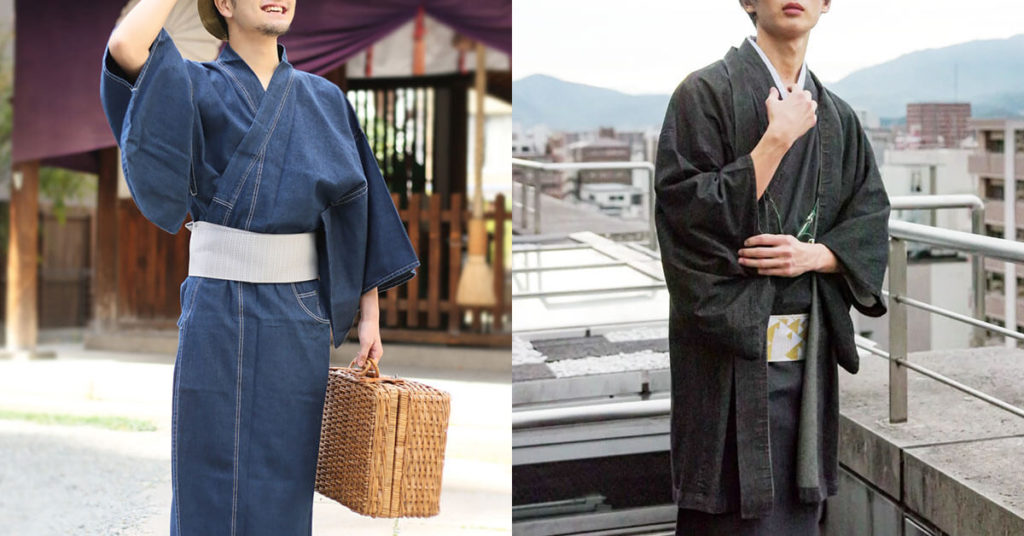
The history of kimono changed dramatically during the Heian Era, which began in 794. It came to be worn as clothing for people, and the shape and type of kimono worn differed depending on one’s status. During the Edo Era, the difference in status became obvious by the way people dressed. There were differences in status based on the occupations such as samurai, farmers, and merchants, and people other than samurai were not allowed to wear kimonos with fancy patterns. Samurai warriors wore fine kimonos with luxurious decorations of cranes, phoenixes, pine, bamboo, and plum, which were considered to be good luck charms. For this reason, even today, a lot of men’s kimonos are decorated with such patterns.
yukata
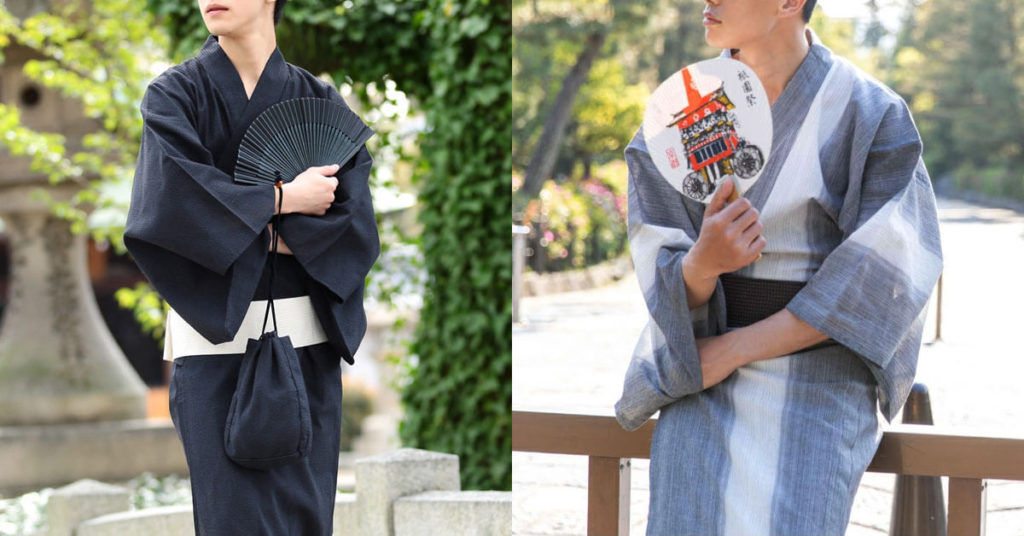
A yukata has the same shape as a kimono, but the fabric is very thin. In Japan, yukata are still worn at festivals and other events as part of summer tradition. They were originally made as bathing kimonos during the Heian period. During the Edo period, yukata were worn for going around the neighborhood and for sleeping and because they were thin and light, they were probably worn like loungewear as we know it today. Yukata have a feminine image but male’s yukata are also available and male can be seen wearing them at festivals in summer. While most female’s yukatas are richly decorated with colorful flowers and patterns, male’s yukatas on the other hand are simple and chic, such as those finished in one color.
Jinbei
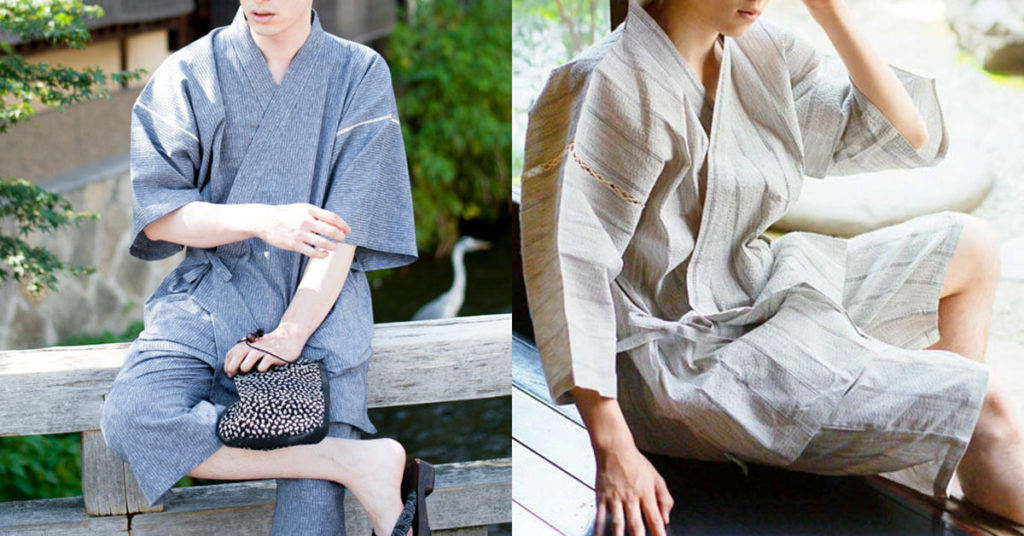
Jinbei is based on the jinbaori worn by warriors in battle and is a common piece of clothing made of thin, light, and easy-to-dry fabrics such as cotton. Since it was inspired by the clothing worn by samurai in battles, it was generally worn by male. Even today, the jinbei is still by and large worn by male. Having its thin and easy-to-dry characteristics, it is often worn in summer and is also worn as pajamas by male and children. It is also a familiar kimono in modern times as people wear it to festivals held in summer.
Hakama
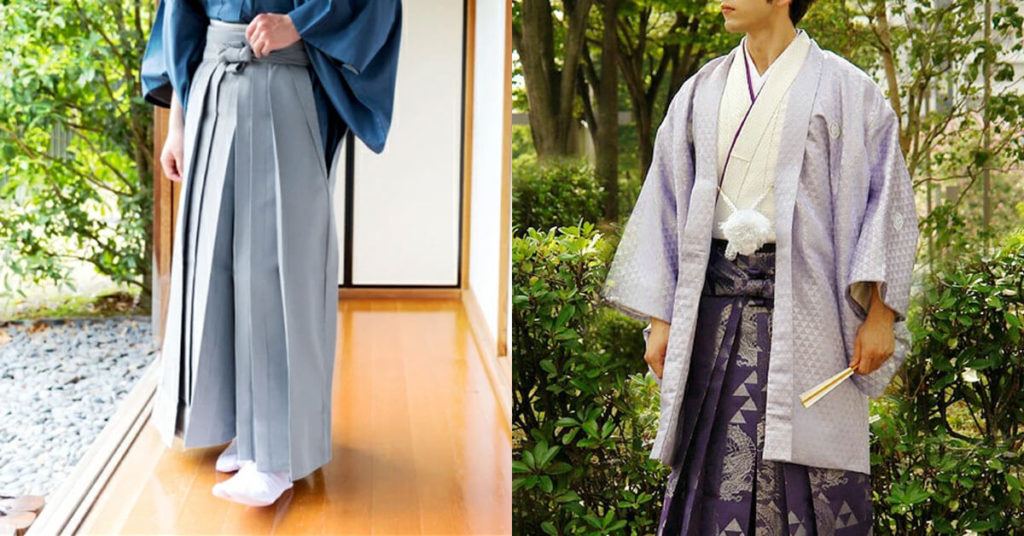
Hakama are wide trouser-like pants worn under a kimono. The history of hakama is long, and the prototype of hakama is said to have already existed as far back as B.C. In the Heian Period around 700, hakama came to be worn as formal wear by people of high status such as members of the samurai family. Females, in particular, were only allowed to wear it if they were of high rank in the court. However, after the Meiji Era in 1868, when the status system was abolished, hakama began to be worn by both male and female. Today, hakama are not worn on a daily basis in Japan, but male still wear this traditional Japanese clothing hakama as a formal wear for coming-of-age ceremonies, college graduation ceremonies, and weddings.
Haori
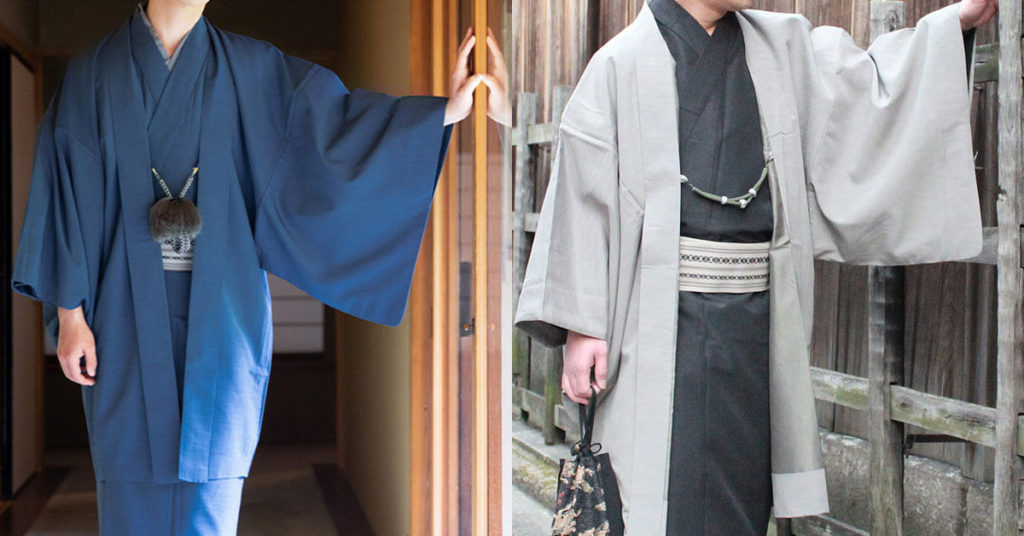
The haori was worn over a kimono and functioned like a modern-day jacket. Originally, it was based on the jinbaori, a traditional Japanese textile worn by samurai when they went off to battle. Since it was inspired by the samurai’s haori, it was forbidden for females to wear it at that time. From then on, haori has played an important role as men’s formal wear. From the late Edo Era, females also began to wear the haori and it was adopted as a fashion item. There are various types of haori, from the formal “honbaori,” which is worn for ceremonial purposes, to the “chu-baori” or “cha-baori,” which is worn casually in everyday life.
Female Traditional Japanese Clothing
Traditional Japanese culture strongly reflects the background of each era. Until the Edo period which lasted from 1603 to 1868, Japan had a strong male chauvinism and status system, and many clothes were not allowed to be worn based on status or gender. However, after the Meiji Era, with the opening of Japan to foreign cultures, the status system was abolished and people were free to choose what to wear as attitudes toward women changed. Until then, the pleasure of fashion was limited to a few women who served in the warrior class or the court but after the Meiji Era, various trends and booms occurred in female’s clothing, allowing anyone to enjoy fashion and the variety of female’s clothing became richer and richer.
kimono
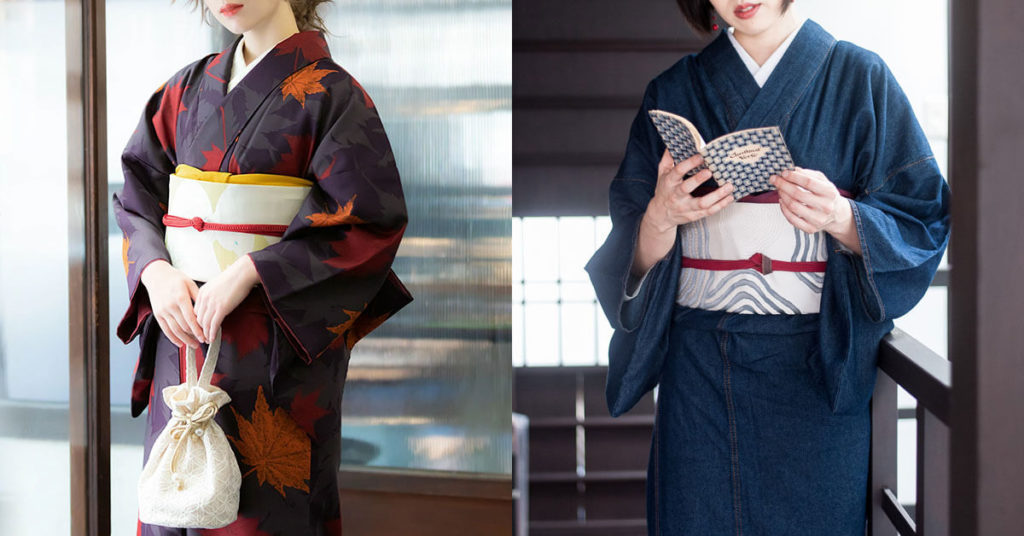
Compared to male dressers, female kimono dressers have a wider variety of obis to secure their kimonos and more items to dress up. In addition, female courtiers in the Edo Era struggled daily to choose the right kimono to attract the attention of their lords. Along with cranes, which are considered to bring good luck, phoenixes, pine, bamboo, and plum blossoms, female kimonos are often decorated with various types of flower patterns. It is said that this is because in the past, women often wore gorgeous clothing when entertaining men by using patterns and colors that were beautiful to the eye. Even today, Japanese female dressers still wear kimonos on occasions when formal wear is required, such as coming-of-age ceremonies and weddings.
yukata
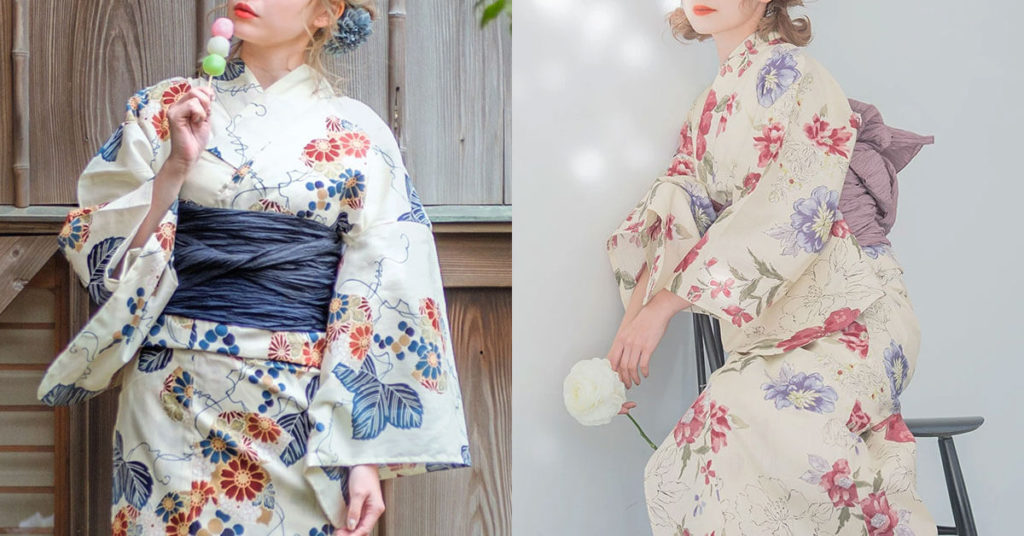
Although yukata are not worn in everyday life these days, it is common to wear them to festivals, fireworks displays, and other summer events as a summer tradition in Japan. Compared to kimonos, yukata are light, cool, and easy to wear and many women enjoy wearing them as a part of fashion. Yukata has a variety of meanings attached to its patterns. For example, chrysanthemum, which is often seen in yukata patterns, symbolizes “nobility and purity” and is suitable for adult women. Morning glories mean “strong love” while butterflies mean “marital bliss,” so there is also the pleasure of using different patterns depending on the occasion and how you feel.
Hakama
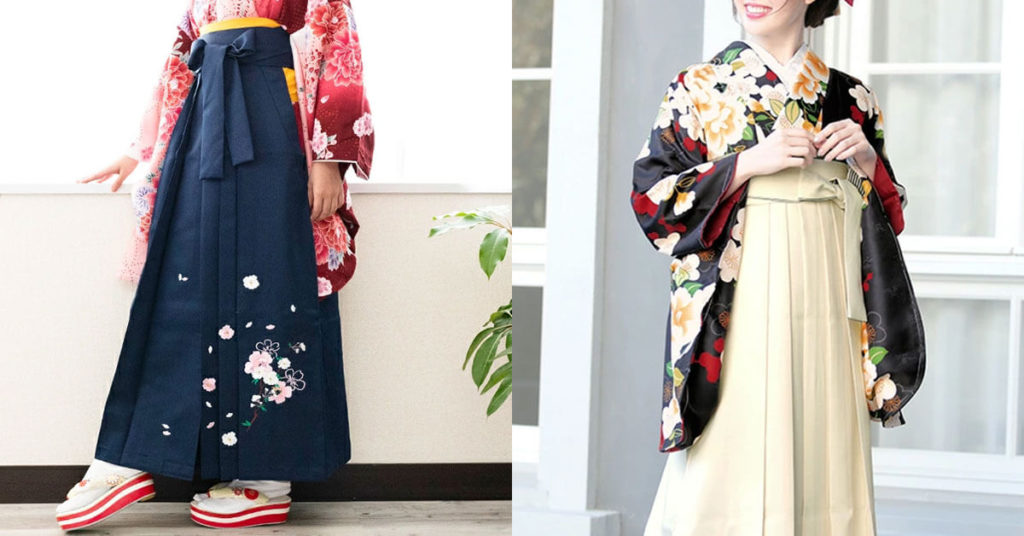
Compared to male dressers, female kimono dressers have a wider variety of obis to secure their kimonos and more items to dress up. In addition, female courtiers in the Edo Era struggled daily to choose the right kimono to attract the attention of their lords. Along with cranes, which are considered to bring good luck, phoenixes, pine, bamboo, and plum blossoms, female kimonos are often decorated with various types of flower patterns. It is said that this is because in the past, women often wore gorgeous clothing when entertaining men by using patterns and colors that were beautiful to the eye. Even today, Japanese female dressers still wear kimonos on occasions when formal wear is required, such as coming-of-age ceremonies and weddings.
Haori
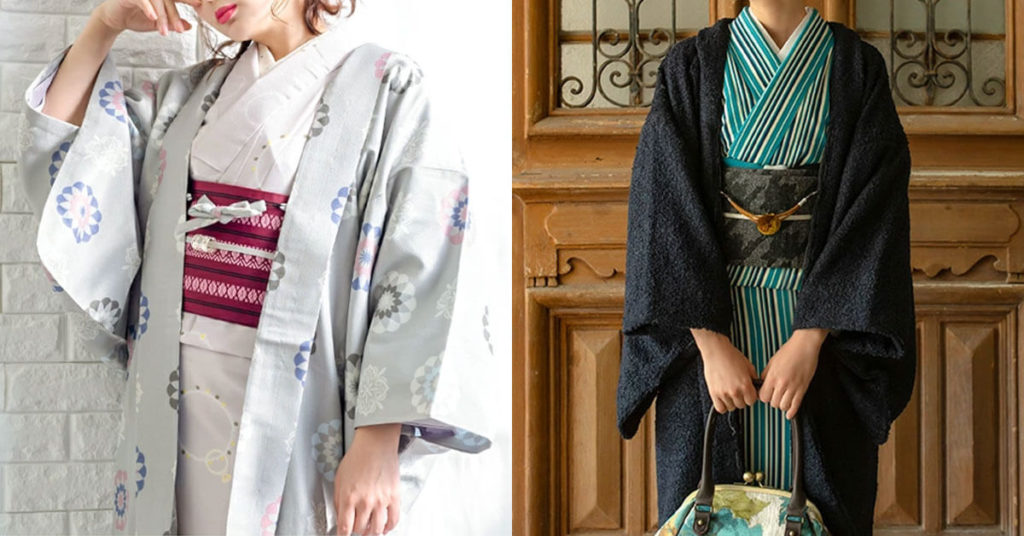
Compared to male dressers, female kimono dressers have a wider variety of obis to secure their kimonos and more items to dress up. In addition, female courtiers in the Edo Era struggled daily to choose the right kimono to attract the attention of their lords. Along with cranes, which are considered to bring good luck, phoenixes, pine, bamboo, and plum blossoms, female kimonos are often decorated with various types of flower patterns. It is said that this is because in the past, women often wore gorgeous clothing when entertaining men by using patterns and colors that were beautiful to the eye. Even today, Japanese female dressers still wear kimonos on occasions when formal wear is required, such as coming-of-age ceremonies and weddings.
Japanese Traditional Accessories
There are many traditional accessories in Japan to make the kimono more comfortable and beautiful. There are a variety of items, from cultural to those used in everyday life. Female items in particular are more varied than males, and females of high status enjoyed incorporating a wide range of accessories into their fashion.
Kinchaku
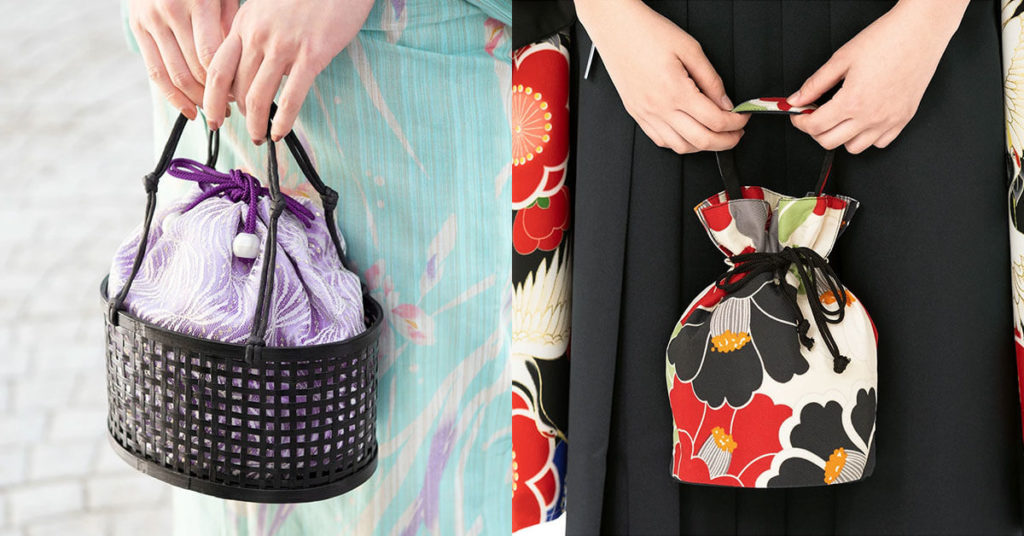
A kinchaku is a bag that serves a similar function to today’s bags, with the opening fastened with a cord. In the past, people used kinchaku by hanging them around their waists. They were small, often with charming Japanese patterns, and the handles were made long so that they could be hung around the waist. Although the kinchaku itself is rarely used in daily life nowadays, it would be strange to match an ordinary bag with a yukata when wearing it in summer, so it is often carried as a set with the yukata. Since many of them are small and cute in shape, kinchaku-shaped bags are available and have been incorporated into modern fashion.
Obi belt
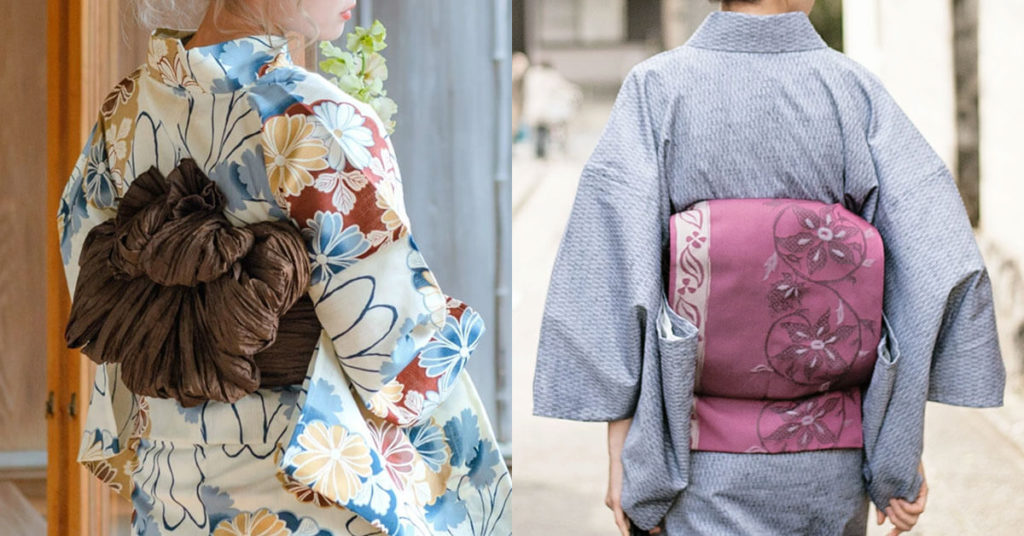
The obi belt is a new item added to the modern kimono dressing style. Usually, a kimono is secured with several layers of cloth called an obi. However, because the obi requires skills and time to tie, belts in the shape of an obi have emerged as an easier and more fashionable way to wear a kimono. A thick belt with the same width as the obi has a very striking presence and offers a different style from the traditional way of wearing a kimono.
Obijime
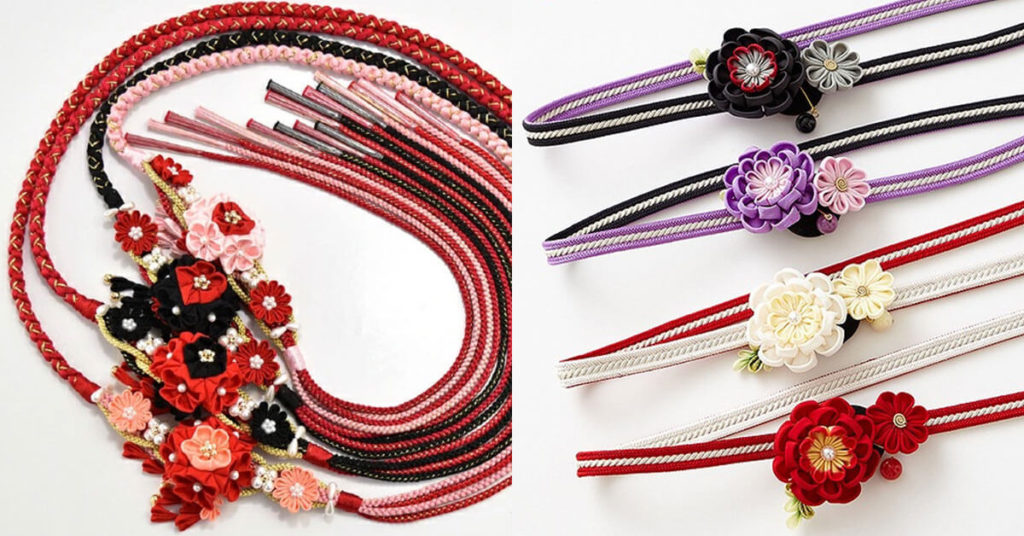
It is said that obijime originated during the Edo period when kabuki was popular and since kabuki actors moved so violently on stage, they had to wrap the obi over the belt to keep it from shifting. Later, it became established as a fashion item that made the obi look more glamorous through the use of beautiful colors and golden threads. Obijime are usually not used for yukata, but in recent years, obijime have come to be used for yukata as a fashion item.
hair accessories
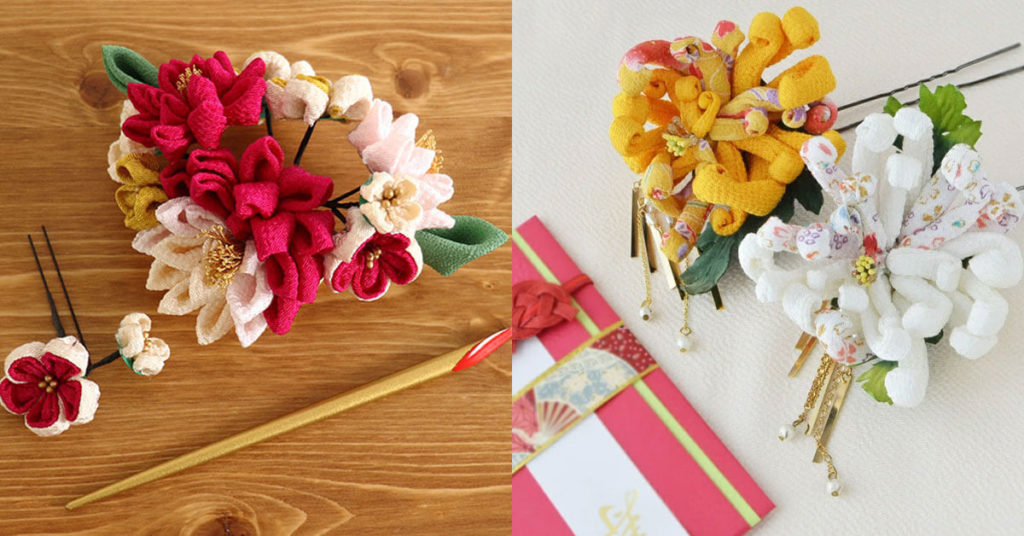
Kanzashi is a traditional Japanese hair accessory. It is an accessory that is stuck into the hair to match a kimono with the long stick decorated with various ornaments. The origin of the kanzashi is said to be the custom of sticking long, slender sticks into one’s hair in B.C., as it was believed that long, pointy sticks had the power to ward off evil spirits. By the late Edo period , it was most fashionable for women to tie their long hair and stick a dazzling kanzashi in it.
Uchiwa
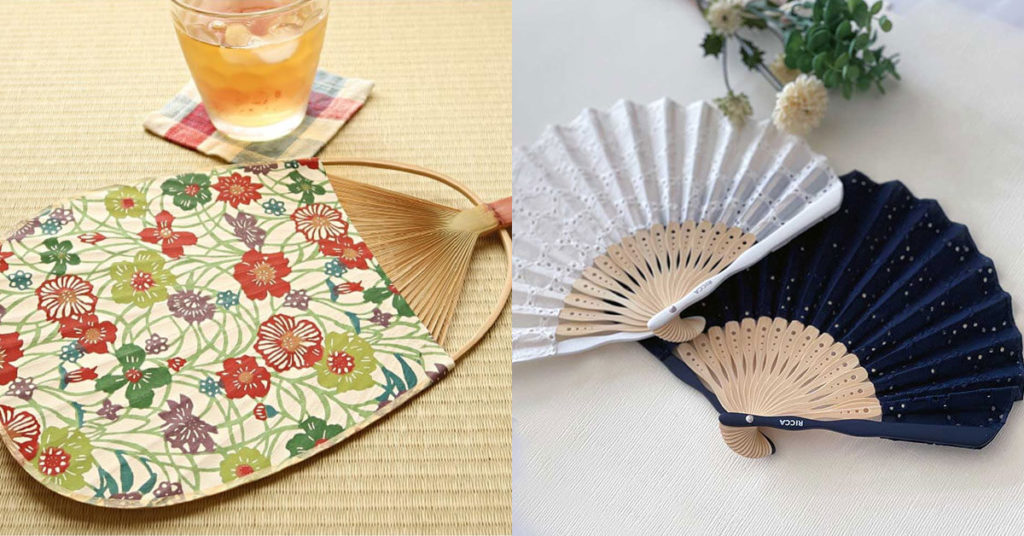
Uchiwa have a long history and are said to have already existed in BC. Since Japan has a summer season, it was used as a tool to alleviate the heat. People carried uchiwa fans, by inserting them into the obi of their kimono, which became popular. The folding fan has many layers of feathers and when opened, it can be used to look up like an uchiwa. Having a fan or uchiwa with a more beautiful pattern or design was one of the symbols of status at that time.
Japanese Traditional Shoes
Japanese people have always had a culture of wearing traditional Japanese footwear such as sandals until Western culture came to Japan resulting in shoes becoming commonly worn. There are various types of traditional footwear.
Geta
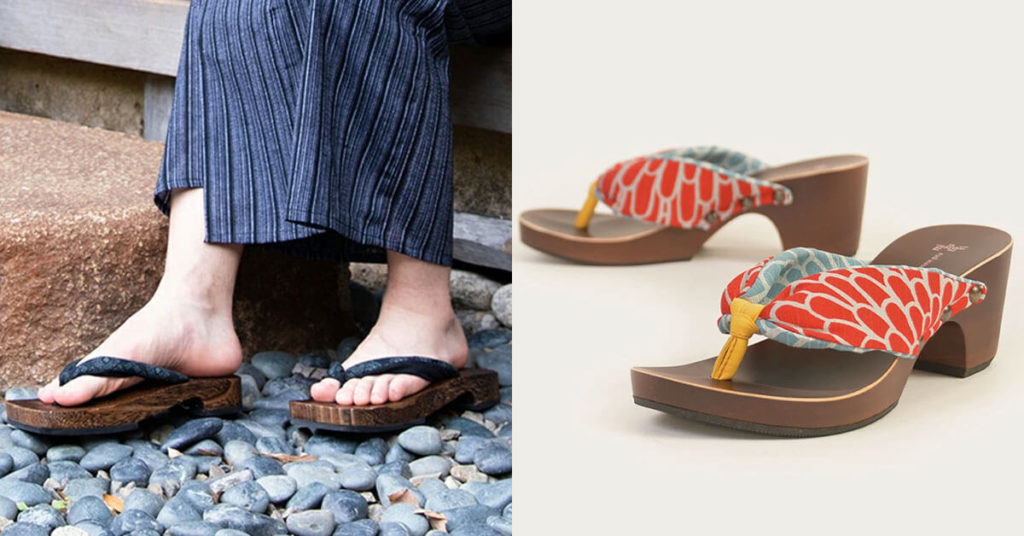
It is said that geta were initially not common as footwear, but were made for agriculture. In those days, when many Japanese farmers grew rice, they wore wooden geta to prevent their feet from sinking when working in the rice paddies. Later, common people also began to wear geta on rainy days and when working in the water. The geta worn in the rain or at a waterhole was called ashida, and in the Edo period, geta that could be worn on sunny days and everyday life was introduced. In 2019, a Japanese designer became famous when Lady Gaga wore shoes with a design inspired by the geta. Few people wear geta today, but the traditional Japanese footwear is attracting attention.
Zori
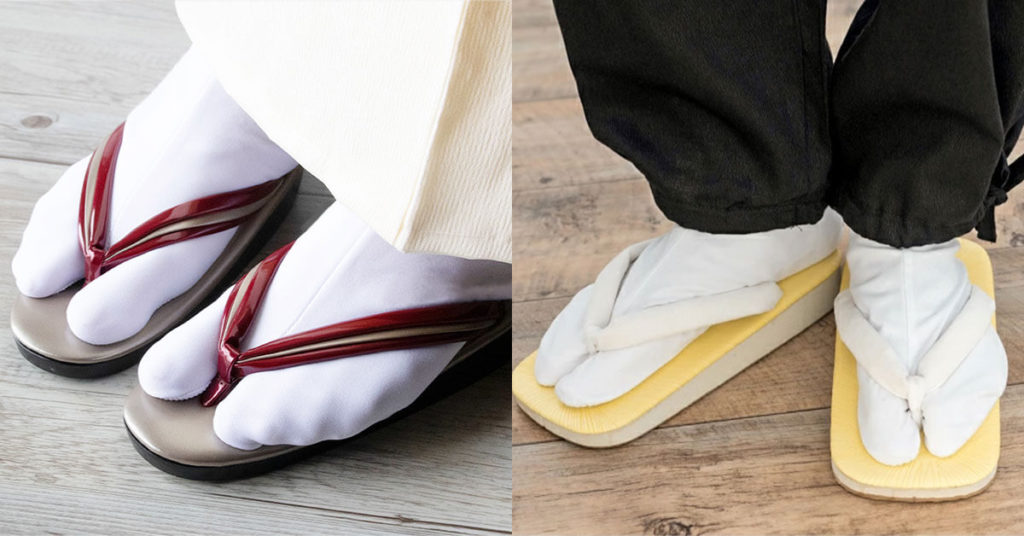
Zori are footwear made of woven rushes, which are used to make tatami mats, with a strap called hanao, looking like a pair of flip-flops, tied around it. Although they are shaped like flip-flops, zori were the main type of footwear in Japan suitable for the high humidity as well as the culture of removing footwear when entering the house.
Tabi
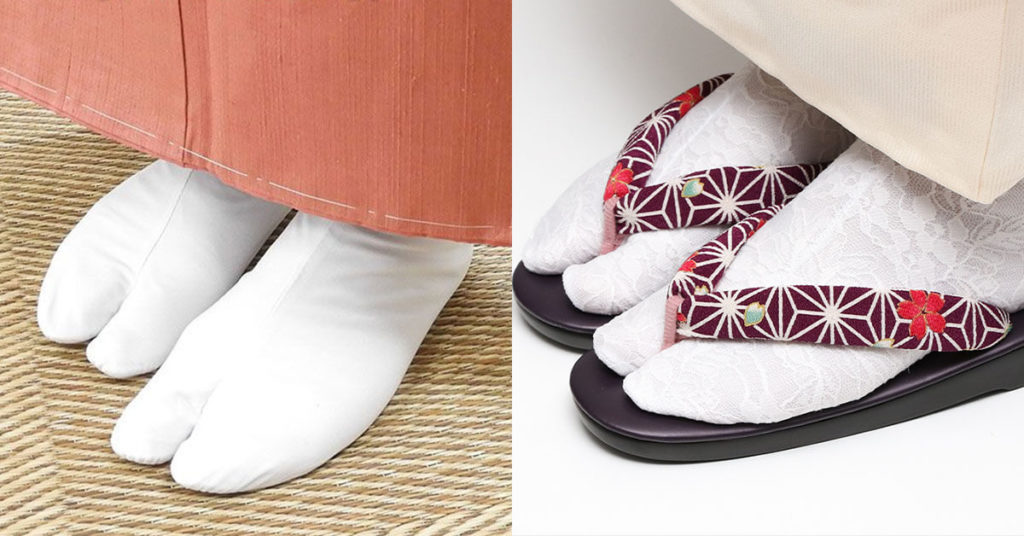
Tabi socks served the role of what we have today as socks. Unlike socks, tabi socks have a partition between the thumb and the rest of the toes to match the laces of zori (Japanese sandals) so that they can be worn smoothly. Recently, fashionable socks stores have been offering tabi socks, which have become popular souvenirs for foreigners.
Setta
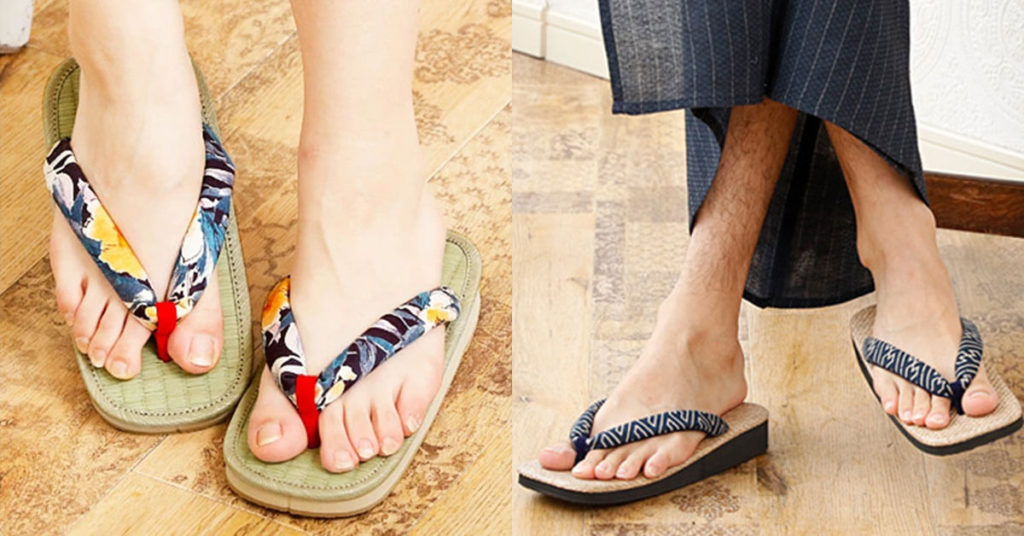
Setta is a type of zori (Japanese sandals), but mainly refers to the thin ones worn by men. They are often made of more sturdy materials than zori, such as leather-covered soles. In Japan, being a very masculine footwear, men wearing Setta look powerful.
Other Traditional Japanese Clothing
There are other traditional Japanese clothing made for various purposes.
Samue
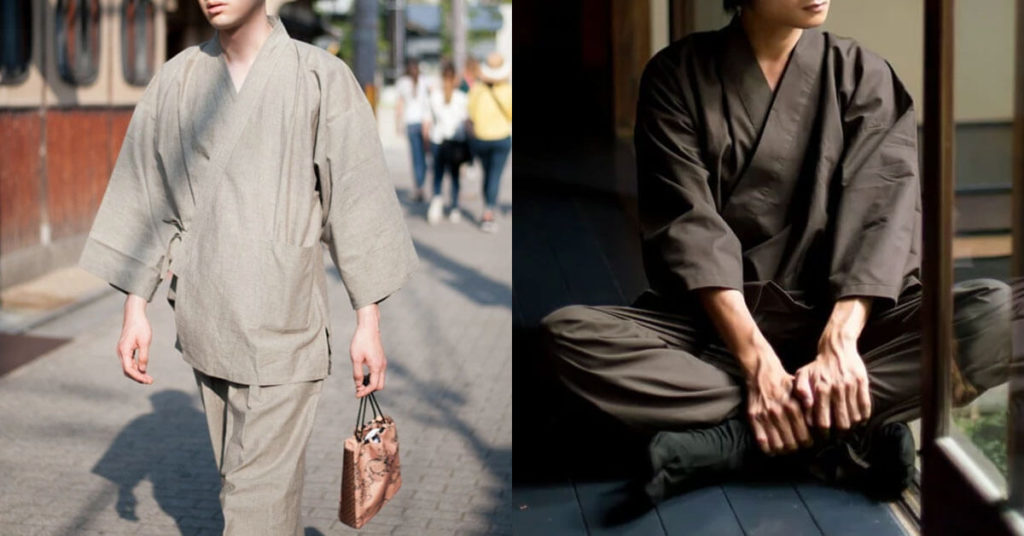
Samue is a work clothing worn by Buddhist monks as they do household chores and work at temples. Because of its thin, lightweight, and comfortable fabric, it is still worn today as summer loungewear and nightwear.
Michiyuki
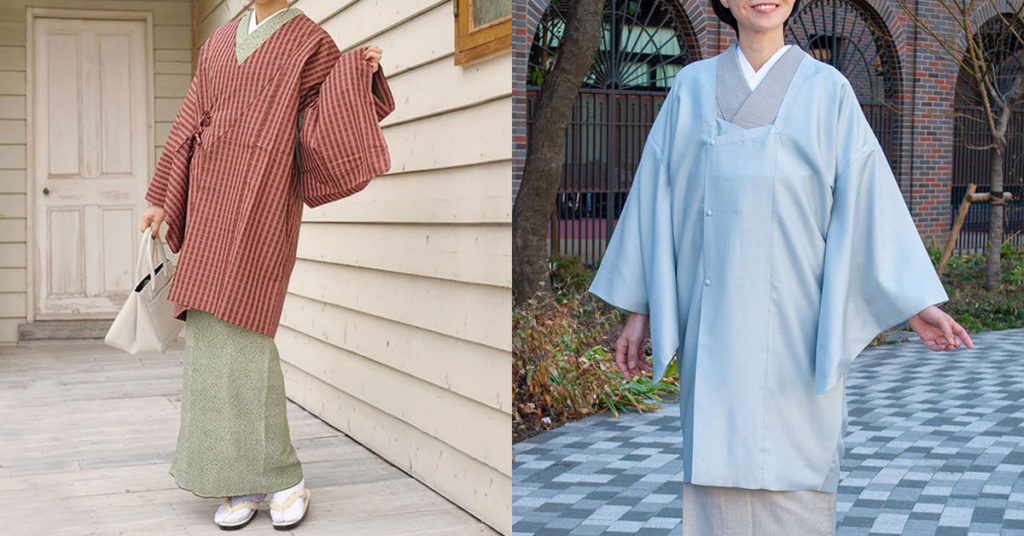
Michiyuki is a coat for women’s outer garment when wearing a kimono. It is often worn on formal occasions and is an essential item when wearing a kimono in winter.
Happi
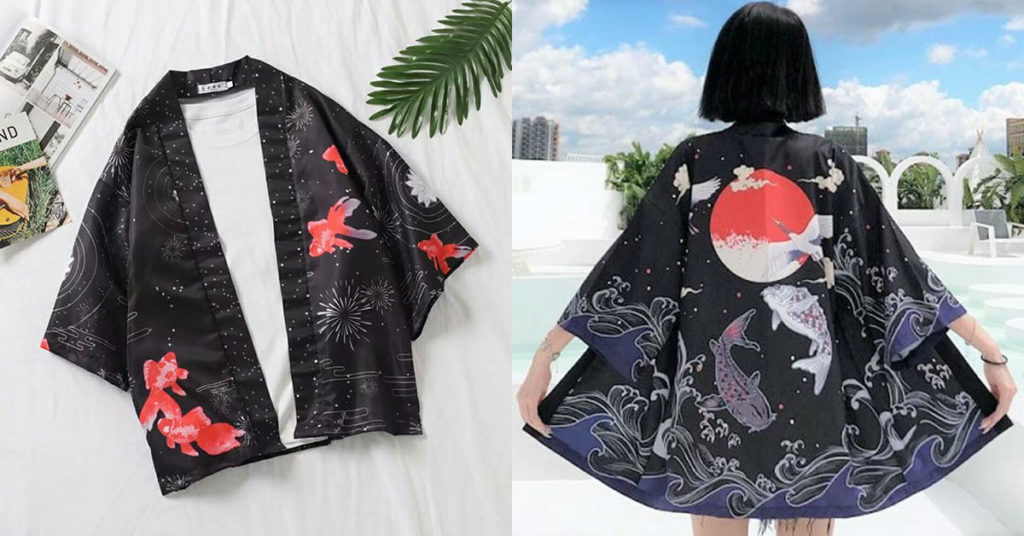
Happi coats were worn as formal attire for festivals and events during the Edo period (1603-1868), and symbols, such as family crests, were usually printed on the back. Even today, happi coats are still worn at festivals and other events. When Japanese people see happi coats, they imagine a lively festival and feel delighted.
Hanten
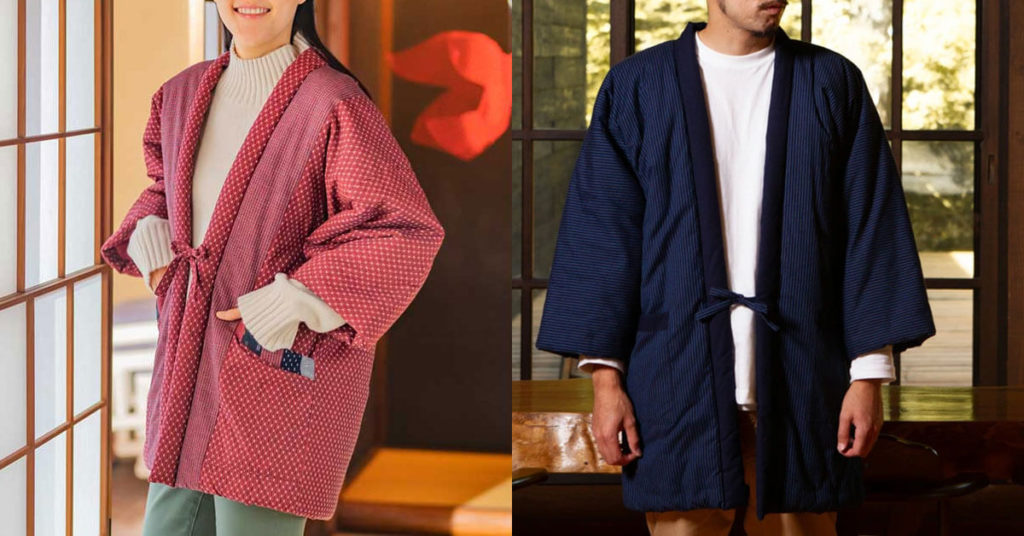
Hanten was made for craftsmen and other manual laborers as a wear during their work when the Edo period status system forbade common people from wearing haori. In winter, they were also worn by common people who could not wear haori and had to stuff the fabric with cotton to keep out the cold. Even today, it is still worn as warm loungewear in winter.
Where can I buy Japanese clothes online?
Did this article spark your interest in Japanese traditional clothing? Whether you live in the UK, US, or India, you are still able to buy the rarest Japanese fashion items via Buyee- a proxy buying service that bids on items for you and ships them to your overseas address. Shopping on a Japanese website may be difficult, but Buyee does this all for you. If you are interested in purchasing items from Japan, Buyee’s ease of use will amaze you!

